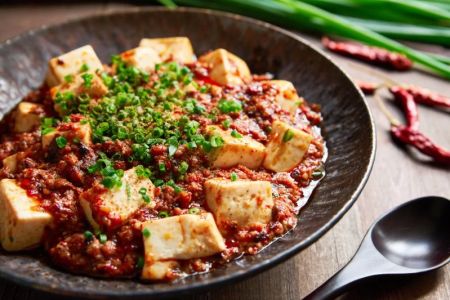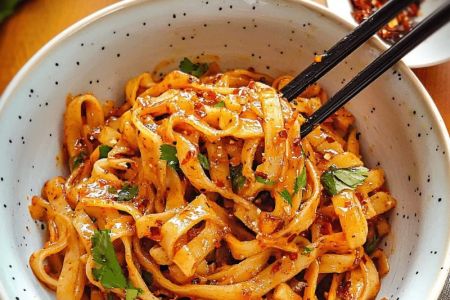- 1 - Understanding Your Audience and Niche
- 2 - Researching Authentic Chinese Recipes
- 3 - Structuring Your Recipe Blog Posts Effectively
- 4 - Using Visuals to Enhance Your Chinese Food Blog
- 5 - Sharing Personal Stories and Cultural Insights
- 6 - Promoting Your Blog and Engaging Readers
1. Understanding Your Audience and Niche
Before starting your Chinese food recipe blog, it’s essential to define who your target audience is. Are you writing for beginners eager to explore Chinese cooking, or for experienced cooks looking for authentic recipes? Understanding your readers’ interests and needs helps you tailor your content effectively.
Choosing a niche within Chinese cuisine—such as regional dishes, street food, or healthy adaptations—can set your blog apart and attract a dedicated readership.
2. Researching Authentic Chinese Recipes
Authenticity is key in a Chinese food recipe blog. Research recipes from trusted sources, including traditional cookbooks, family recipes, and culinary experts. Learning the history and cultural significance behind each dish adds depth to your posts.
Experimenting with ingredients and techniques ensures your recipes are both accurate and approachable, catering to your audience’s cooking skills and ingredient availability.
3. Structuring Your Recipe Blog Posts Effectively
A clear and consistent structure makes your blog easy to read and follow. Typically, a recipe post should include:
- A captivating introduction highlighting the dish’s appeal or story
- A detailed list of ingredients with precise measurements
- Step-by-step instructions broken down into simple stages
- Cooking tips or variations to customize the dish
- Serving suggestions and storage advice
This structure helps readers successfully recreate your recipes and encourages return visits.
4. Using Visuals to Enhance Your Chinese Food Blog
High-quality photos and videos are powerful tools to engage readers. Showcasing the vibrant colors and textures of Chinese dishes makes your blog more appealing. Step-by-step visuals help demystify complex cooking techniques.
Consider creating short cooking videos or time-lapses to complement your written instructions. Authentic presentation can inspire readers to try new recipes with confidence.
5. Sharing Personal Stories and Cultural Insights
Integrating personal anecdotes and cultural context enriches your blog’s voice. Sharing your own experiences, family traditions, or the meaning behind certain ingredients creates a connection with readers.
This human element sets your blog apart from purely instructional sites and invites readers into the broader story of Chinese cuisine.
6. Promoting Your Blog and Engaging Readers
Promotion is vital for growing your readership. Utilize social media platforms, SEO best practices, and collaborations with other food bloggers to increase visibility. Engage with your audience by responding to comments, asking for feedback, and hosting interactive content like polls or Q&A sessions.
For those seeking authentic recipes and inspiration, our site Chinese Food offers curated products, cookbooks, and expert recommendations to help elevate your culinary journey.







